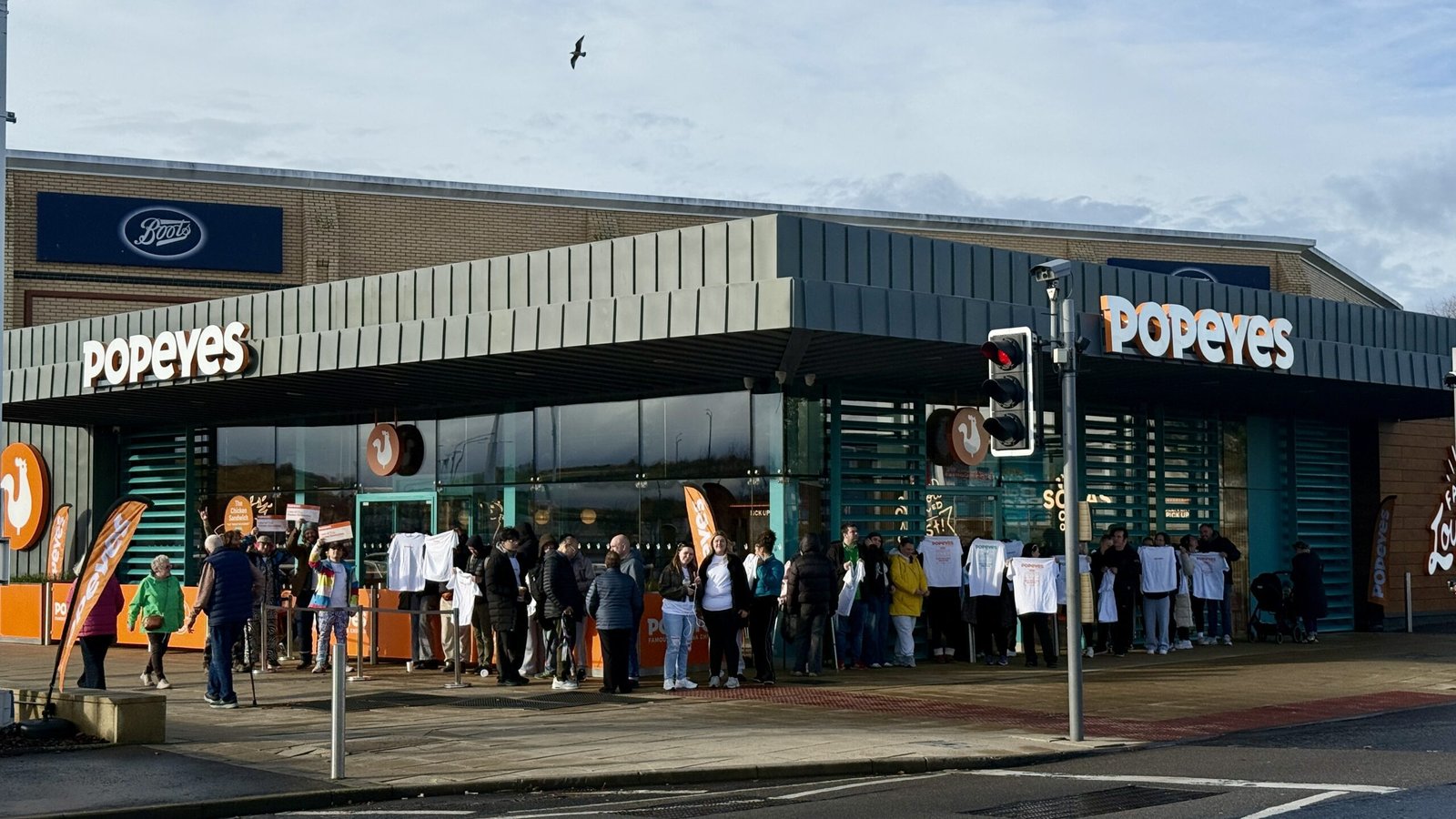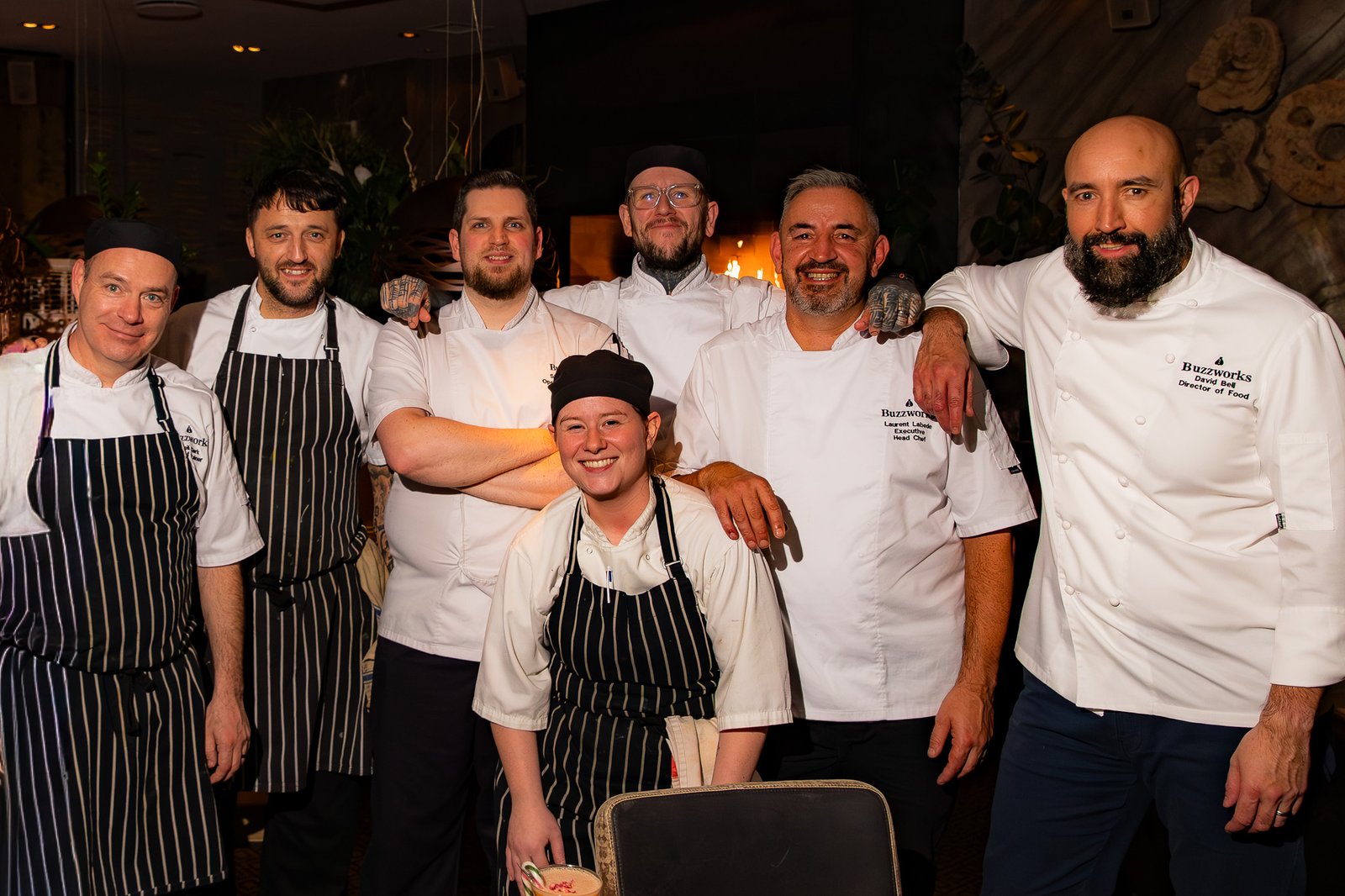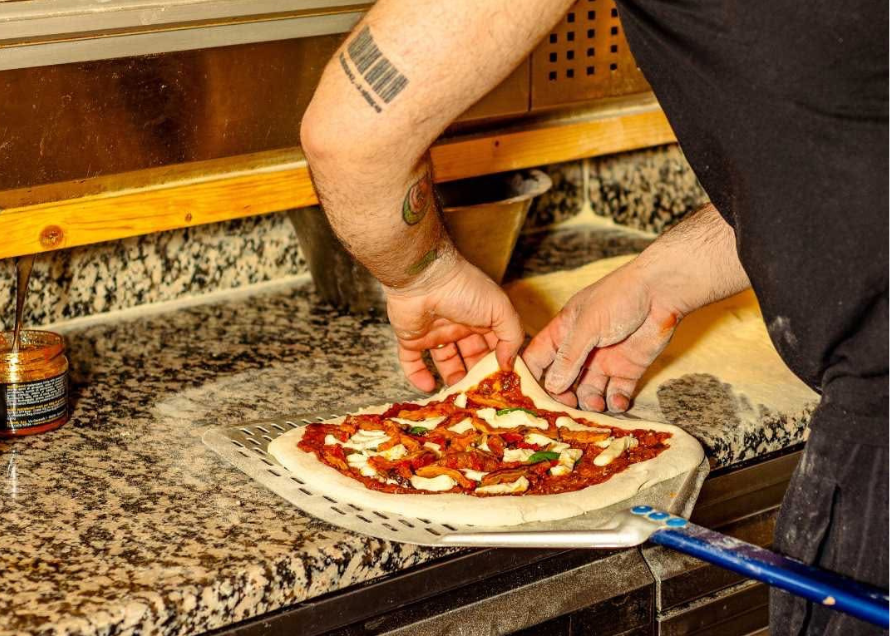As Scottish town centres respond to changing consumer habits, hospitality has become one of the most agile and influential sectors driving their transformation. With visitor patterns constantly shifting, food and drink venues are keeping high streets relevant by embracing new technologies and trends—reshaping how, where, and why people choose to engage with these spaces.
Two of the most significant trends currently reshaping hospitality across Scotland’s high streets are the rise of ghost kitchens and the increased use of green spaces for eating and leisure. These changes reflect broader shifts in visitor behaviour—shifts that Place Informatics is uniquely positioned to monitor through its national location analytics platform.
Ghost kitchens, or dark kitchens, offer delivery-only operations without a traditional shopfront. They’ve become a lifeline for hospitality brands looking to reduce overheads and expand quickly. For national chains, this model enables scalable growth with minimal physical footprint. For high streets, these kitchens provide a cost-effective way to reactivate empty retail units, keeping commercial activity alive, even beyond standard trading hours.
At the same time, visitor behaviour is increasingly spilling beyond the shopfront. With more people eating in parks, promenades, and informal town centre spaces, takeaway food has become an essential part of how town centres function. Councils are now using visitor data to align hospitality services with this outdoor shift, supporting formats like pop-up vendors, mobile kitchens and enhanced public infrastructure to match how people use spaces differently.
Place Informatics works with hospitality brands to identify location behaviour trends, guiding decisions on where to expand, which formats to use, and when to operate for optimal engagement. Whether it’s a flagship restaurant or a delivery hub, these valuable insights provide chains with confidence in where and how to invest.
Clive Hall, CEO of Place Informatics, commented, “We’re seeing a clear rebalancing of the high street, with hospitality no longer just about the sit-down experience. Our data shows how delivery tech and flexible kitchens are playing a critical role in keeping town centres active and helping support other local businesses. Our role is to equip decision-makers with the data they need to balance concepts with strategy. Whether it’s helping a national brand scale into a new town or giving councils the evidence to back investment into a public area or evening economy.”
You Might Also Like:
This shift reinforces the importance of real-time, location-based data in planning town centre layouts, bin placement, seating, and even licensing strategies. In a climate of high rents, changing consumer behaviour and fierce competition, data is the differentiator. Chains want agility. Councils want evidence. BIDs want justification. Place Informatics brings it all together.
For more information or to access the full February 2025 report, visit www.placeinformatics.com






















